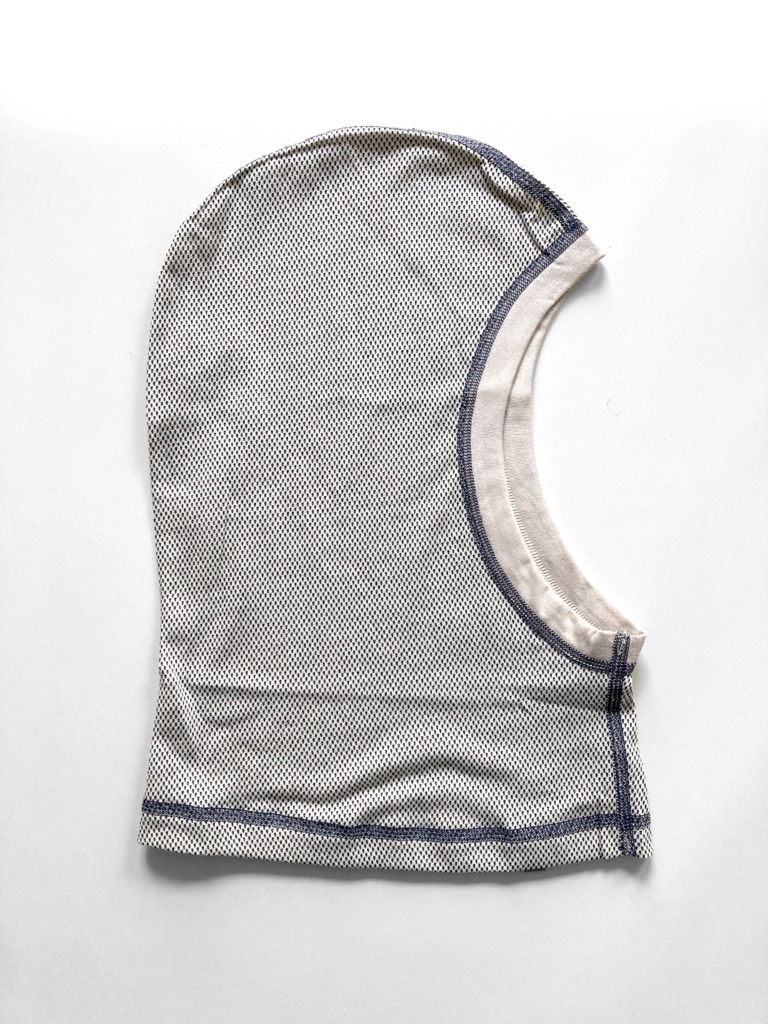
I met Greg in the London borough where he organises a STOP 5G campaign. Greg does what he calls community work with other residents who are equally concerned about the negative effects of antennae, masts, and the massive “roll-out” of 5G infrastructure. The UK government has called this roll-out the Fourth Industrial Revolution and they have altered planning law to facilitate it. Overnight antennae seemingly appear – sometimes without democratic oversight. The aim is to keep this infrastructure invisible. Greg, and his fellow activists in the UK, focus on making it visible.
When I met him, he wanted to give me a tour of his neighbourhood. On the way, he showed me all the small cells and large masts that had appeared. But he also showed me where they did not appear: empty sites that were signs of his work – sending letters, gathering signatures, informing his neighbours, protesting planning applications. At one point, seemingly out of nowhere, Greg stopped to tell me something. He told me that to sleep at night, to find respite from his headaches, to protect him from this invisible electromagnetic radiation, he often sleeps with an aluminium hat. He hopes that I don’t consider him paranoid.
Aluminium hats or tin-foil hats are well-known symbols of conspiracy and paranoia, especially through cultural representations in TV series, films and novels. They help protect, fend off, block all forms of nefarious wave-borne forces of control – a symbolic sign of paranoia. They have become a material device to navigate the flickering field of visibility associated with telecommunication technology, a protection against “action at a distance”. They can also divide people. During our research in Brussels, we met activists that are concerned about surveillance in public spaces which might become even more precise and fine-grained with 5G small cells. Although they are against 5G, they have left a local coalition of STOP 5G activists. “We did not want to protest together with the ‘tin-foil hats’,” explains one anti-surveillance activist.
As our tin-foil cap shows, these protection devices can be quite unobtrusive. While in cultural representations, we often see homemade hats made from kitchen foil, there is now a market with a variety of products. Clothing lined with foil weaved into its fabric. Clothing that also allows you to go without notice, to enter that flickering field of visibility, without the fear of being labelled paranoid.